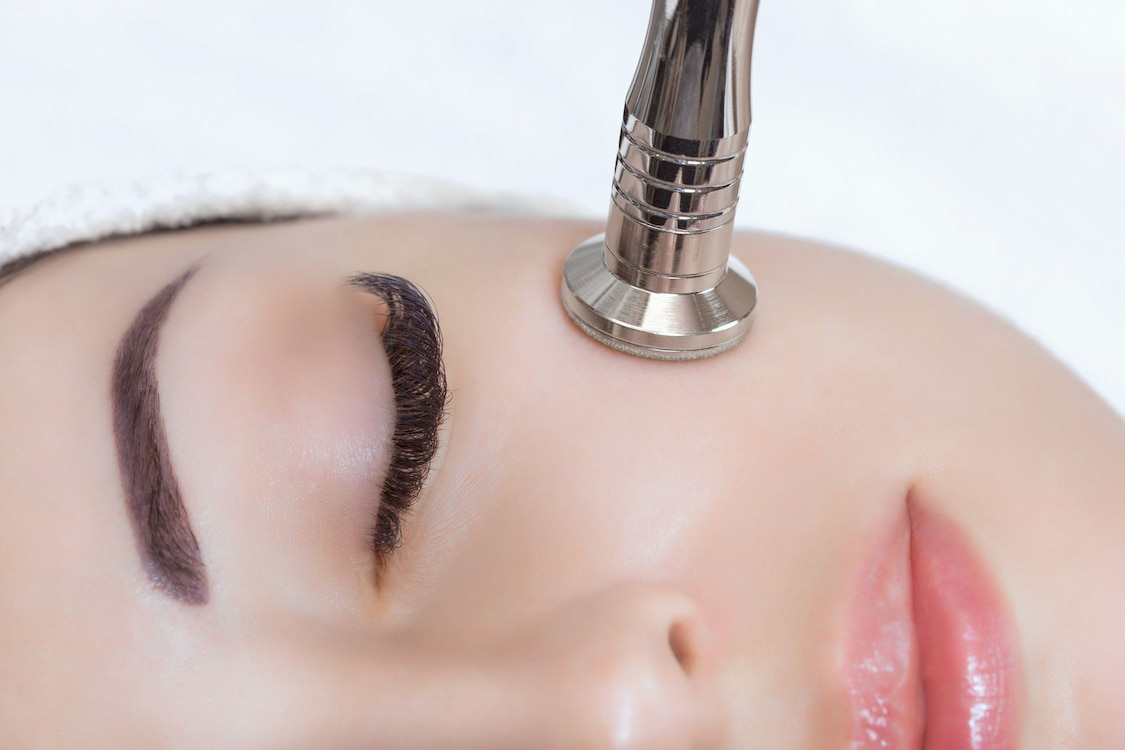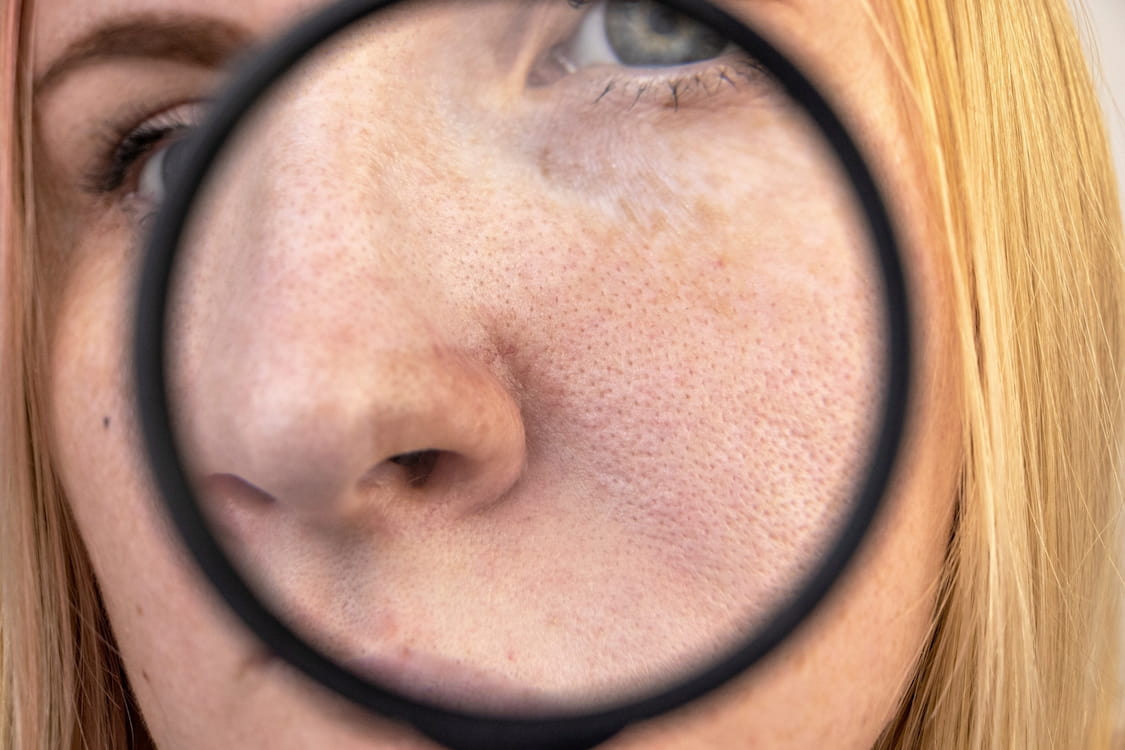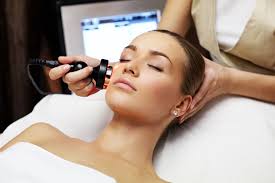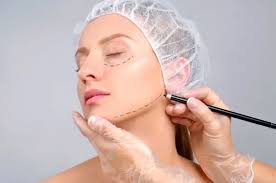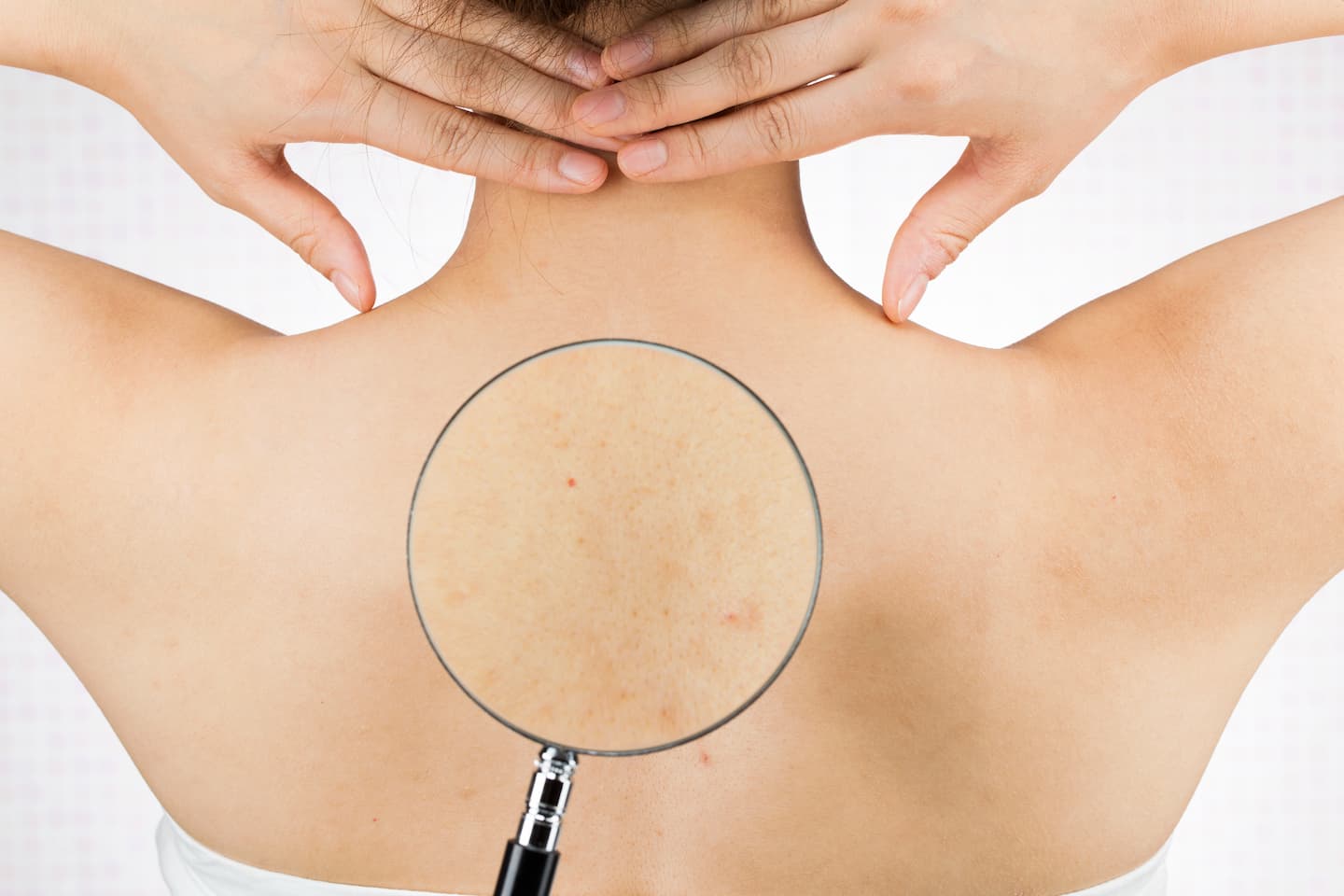
How to Get Rid of Back Acne
Acne is a skin condition that affects people of all ages and can be both frustrating and embarrassing. While it’s most commonly associated with the face, acne can also appear on other parts of the body, including the back. Back acne, or “bacne” as it’s commonly referred to, can be just as stubborn and difficult to get rid of as facial acne. In this article, we’ll explore what back acne is, why you might be getting it, and the best ways to prevent and treat it.
What Is Back Acne?
Back acne, also known as “bacne,” is a common skin condition that occurs when hair follicles on the back become clogged with dead skin cells, oil, and bacteria. It’s similar to facial acne but can be more difficult to treat because the skin on the back is thicker and produces more oil than other areas of the body.
Back acne can appear as whiteheads, blackheads, pimples, or cysts and can be accompanied by redness, inflammation, and scarring. It can be triggered by hormonal changes, genetics, poor hygiene, sweat and friction, and certain medications. While back acne isn’t usually a serious medical condition, it can be uncomfortable and affect self-confidence, especially during the summer months when skin-baring clothing is more common.
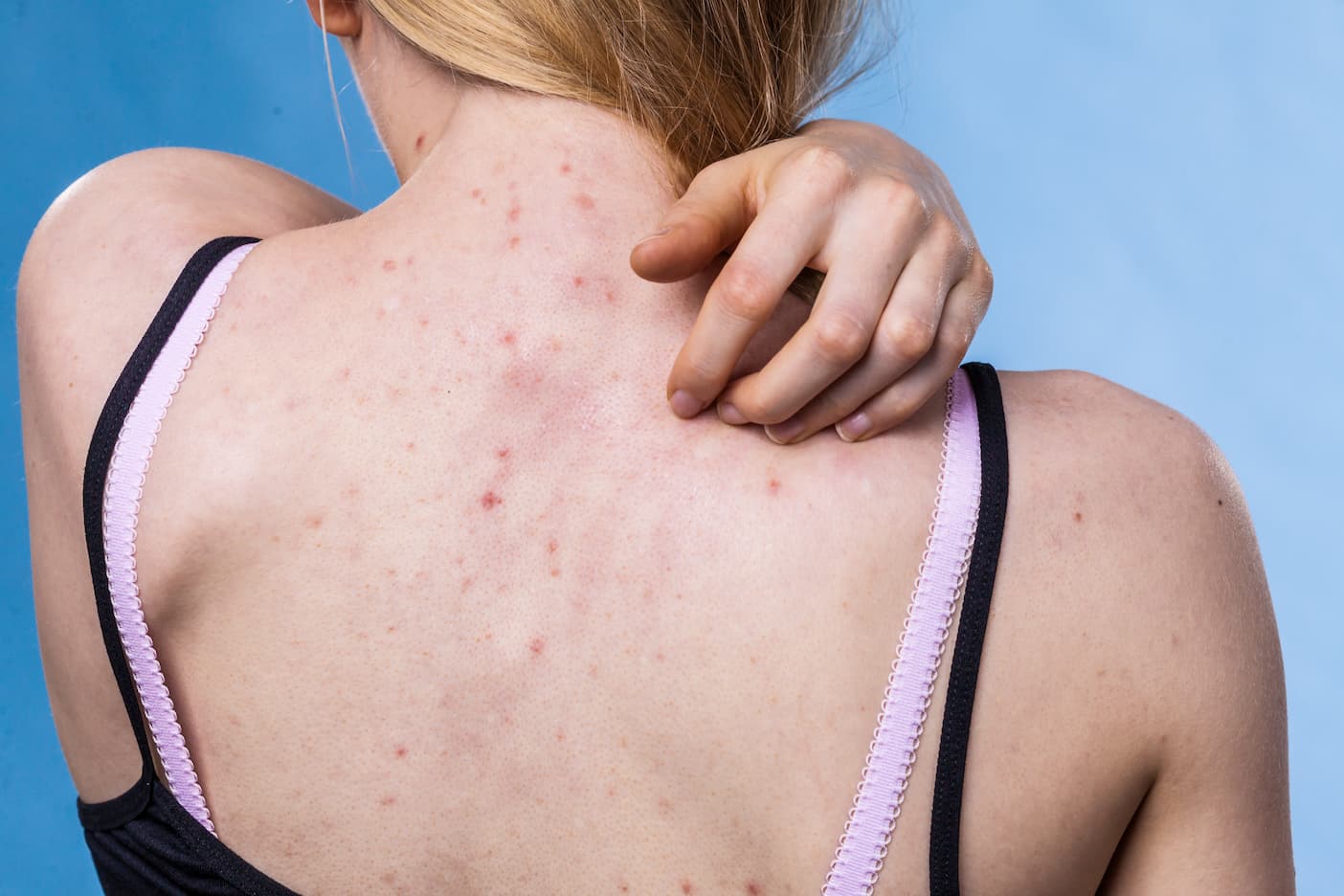
Why Am I Getting Acne on my Back?
There are several reasons why you might be experiencing back acne. Some common causes include:
Hormonal changes: Just like with facial acne, hormonal changes can trigger back acne. This is why many teenagers experience acne on their backs during puberty, as their bodies go through significant hormonal changes.
Sweat and friction: Wearing tight clothing or engaging in activities that cause sweat and friction can irritate the skin and lead to back acne. This is why athletes and people who wear tight-fitting clothing are more prone to developing back acne.
Poor hygiene: Not washing your back regularly or using harsh soaps can contribute to the development of back acne.
Genetics: If your parents or other family members have a history of acne, you may be more likely to develop back acne as well.
Is Back Acne Easy to Get Rid of?
Getting rid of back acne can be challenging, but it’s not impossible. The success of treatment depends on the severity of the acne and the individual’s skin type and overall health. Mild to moderate back acne can often be treated with over-the-counter products and lifestyle changes, while more severe cases may require prescription medication or professional treatment.
It’s important to be patient and consistent with treatment, as it can take several weeks or even months to see results. It’s also essential to avoid picking or squeezing acne lesions, as this can lead to infection, scarring, and further breakouts. With the right approach, including a combination of skincare, lifestyle changes, and medical treatment if necessary, it is possible to get rid of back acne and achieve clear, healthy skin.
How to Prevent Back Acne
Prevention is always better than cure, and the same goes for back acne. Here are some tips on how to prevent back acne:
Wear loose-fitting clothing made from breathable fabrics like cotton.
Avoid tight-fitting clothing, especially during activities that cause sweating.
Shower immediately after sweating or exercising to remove excess sweat and oil from the skin.
Use a gentle, non-comedogenic soap to cleanse the skin.
Avoid using harsh scrubs or loofahs, as they can irritate the skin and worsen acne.
Use a moisturizer that’s designed for acne-prone skin to prevent dryness and irritation.
Finally, you should avoid touching your back with your hands, as this can transfer bacteria and oil to the skin.
Back Acne Treatment
If you already have back acne, there are several treatment options available. Here are some of the most effective back acne treatments: Topical Treatments:
Topical treatments such as benzoyl peroxide and salicylic acid can be effective in treating back acne. These ingredients work by unclogging pores and reducing inflammation.
Oral Medications: In some cases, oral medications such as antibiotics or isotretinoin may be necessary to treat severe cases of back acne. These medications are only available with a prescription and should only be taken under the guidance of a healthcare professional.
Laser Therapy: Laser therapy is a non-invasive treatment option that can help reduce the appearance of back acne. This treatment works by targeting the sebaceous glands and reducing the production of oil.
Chemical Peels: Chemical peels are another treatment option for back acne. They work by removing the outer layer of skin, which can help unclog pores and reduce inflammation.
Light Therapy: Light therapy is a newer treatment option for back acne that uses different types of light to kill acne-causing bacteria and reduce inflammation.
How to Get Rid of Back Acne Naturally?
If you prefer to use natural remedies to treat back acne, there are several options available. Here are some natural remedies that may help:
Tea Tree Oil: Tea tree oil has antimicrobial properties that can help kill acne-causing bacteria. You can dilute tea tree oil with a carrier oil such as coconut oil and apply it to your back.
Aloe Vera: Aloe vera has anti-inflammatory properties that can help reduce redness and inflammation caused by back acne. You can apply aloe vera gel directly to your back or drink aloe vera juice.
Apple Cider Vinegar: Apple cider vinegar has antibacterial and anti-inflammatory properties that can help reduce back acne. You can dilute apple cider vinegar with water and apply it to your back with a cotton ball.
Green Tea: Green tea contains antioxidants that can help reduce inflammation and kill acne-causing bacteria. You can drink green tea or apply it to your back as a toner.
Zinc: Zinc is an essential mineral that can help reduce inflammation and boost the immune system. You can take zinc supplements or eat foods that are high in zinc such as pumpkin seeds and oysters.
What Foods Cause Back Acne?
While there’s no definitive evidence that any specific foods cause back acne, some foods may trigger acne in some people. Here are some foods that may contribute to the development of back acne:
Dairy Products: Some studies have suggested that dairy products, particularly milk, may trigger acne in some people.
High-Glycemic Foods: Foods that are high in sugar and refined carbohydrates may increase insulin levels, which can trigger acne.
Processed Foods: Processed foods that are high in preservatives and artificial ingredients may contribute to the development of acne.
Fried and Greasy Foods: Foods that are high in fat and oil may increase the production of sebum, which can lead to acne.
The Study of Get Rid of Back Acne
In a comprehensive clinical study conducted by the Department of Dermatology at a prominent medical research institution, 200 participants with varying degrees of back acne were treated with a combination of benzoyl peroxide and salicylic acid, which are widely used topical treatments for acne. The study found that after 12 weeks of treatment, 80% of participants experienced a significant reduction in the number of back acne lesions, with improvements in both inflammatory and non-inflammatory types. This research underlines the effectiveness of topical treatments in managing back acne and may provide guidance for individuals seeking non-prescription remedies.
Conclusion
Back acne can be a frustrating and embarrassing condition, but with the right approach, it’s possible to reduce and even eliminate it. By following a regular skincare routine, making lifestyle changes to prevent acne, and using the right treatments, you can get rid of back acne and achieve clear, healthy skin. Remember to be patient and consistent, as it may take some time to see results. If you’re struggling with back acne, don’t hesitate to talk to a dermatologist or healthcare professional at Healthy Türkiye for guidance and support.
